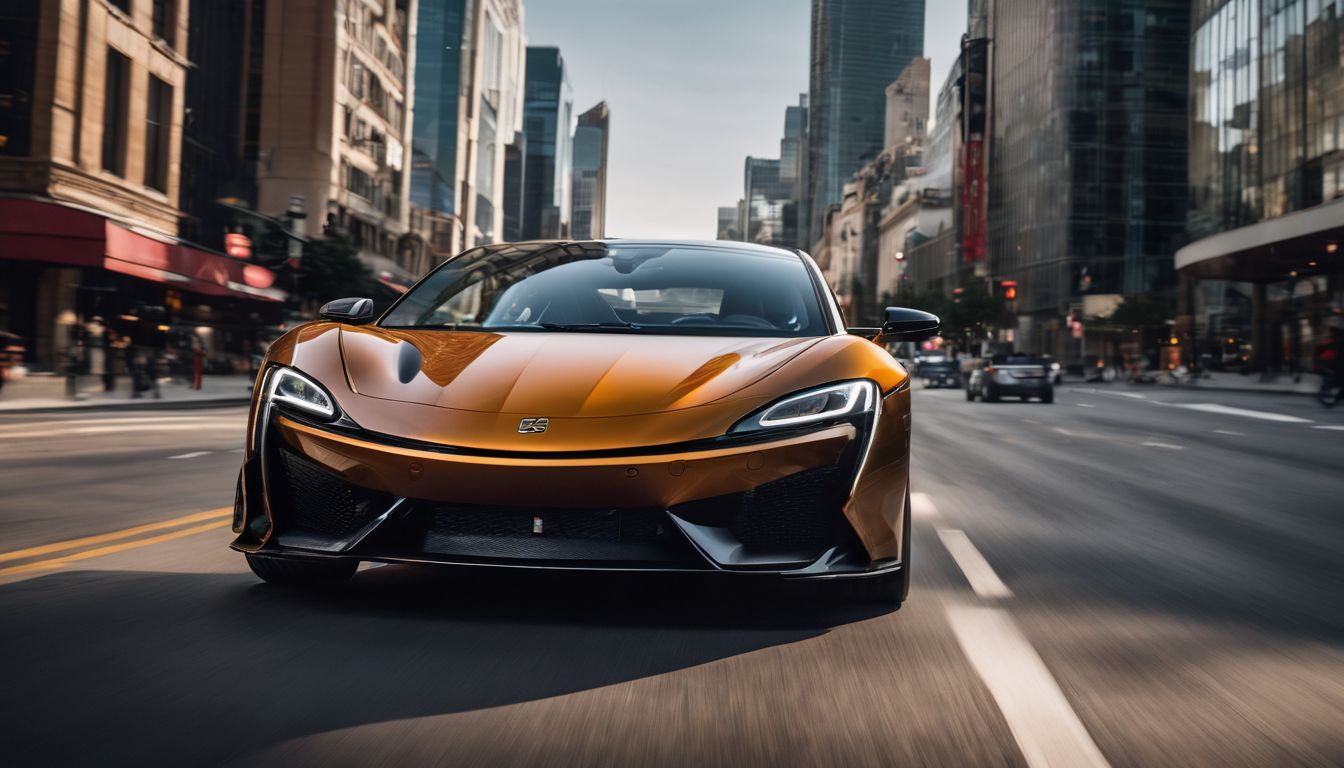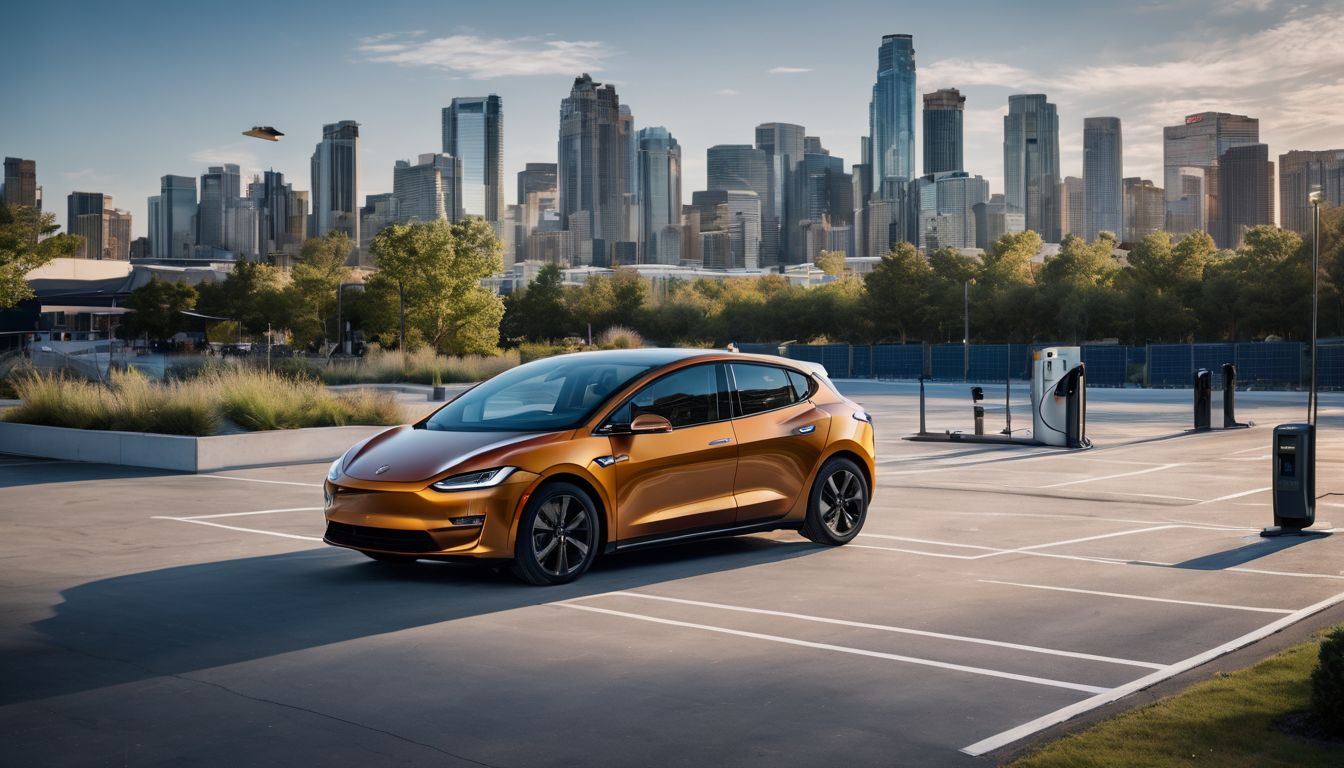Automobile companies, both in the United States and abroad, are finally getting serious about producing consumer-friendly electric cars. The last few years have seen significant progress, as automakers begin to roll out the first versions of electric cars that they hope may soon dominate the automotive industry. As with any new technological step, this early generation of electric vehicles (EVs) has its share of drawbacks and problems to overcome. So let’s look at some of the most exciting new vehicles as well as the limitations that they and the rest of the electric car industry are now facing.
Why Buy an Electric Car?

One obvious reason for buying an electric car is that they have a much smaller negative impact on the environmental than their gas-guzzling siblings. But this isn’t the only motivation for consumers, and it may not even be the primary one. A recent J.D. Power and Associates study found gas savings to be consumers’ number one reason for purchasing an EV.1 The perks don’t stop at gas savings! The U.S. government provides a $7500 tax credit for buyers of electric cars, and the United Kingdom along with various other countries offer similar incentives.2 There are signs that electric cars may be increasingly convenient to drive as well, as some stores begin to offer priority parking spots to EVs and state governments consider allowing them to use carpool lanes on the road.3
Electric Cars Currently on the Market
Tesla: Tesla Motors, a young company based in Silicon Valley, has attracted attention in recent years with its sleek, fully-electric sports cars. Now the company has announced plans to produce a more practical (and less pricey) sedan, dubbed the Model S, which is expected to hit the market in 2012.4 The standard model is projected to travel 160 miles on a single charge, although nervous customers will be able to upgrade to ranges of 230 or 300 miles.5
Nissan: At the end of 2010, Nissan introduced the Leaf, a hatchback model whose names stands for “Leading, Environmentally friendly, Affordable, Family car.”6 The Leaf, marketed largely for city driving and short trips, will go about 100 miles before exhausting the battery.
Ford: Ford is entering the competition as well, with a planned debut of an electric Focus model later in 2011.7 Exact specifications for the vehicle are not yet available, but Ford executives have promised that the Focus Electric will have a range of 100 miles or more.8
Chevrolet: The Chevy Volt, depending on how you look at it, is either a misfit in the EV category or an appealing alternative. The car’s battery has a range of only 40 miles, but at this point it switches to a gasoline engine that can provide another couple hundred miles of driving.9 Forty miles may not sound like much, and it definitely won’t be acceptable for those desiring a pure electric car, but Chevy claims that (1) this range will cover the average daily driving needs of 60% of the population, and (2) the gasoline backup will provide relief for drivers who worry about running out of power on the middle of the highway.10
How and Where Can EVs be Charging?
The need to recharge EVs will be a transition for most drivers around the world who are used to stops at the gas station being sufficient to keep their cars running. With most of the new electric cars reaching their driving limits around 100 miles, the majority of drivers will have to recharge them quite often – perhaps on a nightly basis. Clever car manufacturers have designed the lithium-ion batteries and chargers to recharge to 75% or 80% very quickly (often in less than an hour), but a full charge can still take six hours or more.11
Battery swap stations have started to gain momentum as a solution for drivers who need to keep going but don’t have time to recharge. A Palo Alto-based company called Better Place has begun installing these stations around the world, which allow members to pull in for a quick, five-minute battery change.12 However, supporters of swap stations are now facing the same problems as builders of high voltage recharging stations – standardization. The automakers behind these cars are using different types of batteries and connectors, which creates problems for anyone wishing to construct a simple swap or charging station that accommodates all types of EVs.13 Such problems of incompatibility are common with new advances in technology, and it is likely that the automotive industry will eventually come together and follow more uniform standards.
The standardization setback has not stopped charging stations from growing in popularity. These stations are being established in big cities throughout the U.S. and around the world. While charging stations are not designed to fully charge an EV, many can provide up to 30 miles of extra driving range in less time than it takes to get a latte at Starbucks.14 Many big cities such as San Francisco and Seattle have already begun establishing these charging points in anticipation of the new EVs set to arrive this year and next. San Francisco Mayor Ed Lee made it clear that he wants his city to be a leader in the electric car transition, saying, “The city’s goal is to make it affordable and convenient for all San Francisco residents and visitors to charge their electric vehicles when they are away from their home.”15
Environmental Impact of EVs
Most of these new electric cars are described, both by the automakers and by news reports, as “zero-emission” vehicles.16;17;18 But even if the cars themselves are clean, the energy used to power them often is not. Driving an EV may feel like a completely sustainable practice, but unless the energy that charges the car’s battery comes from renewable sources, there is still a very real environmental impact.19
A 2009 report by the Department of Energy showed that the vast majority of U.S. electricity does not come from coal-fired power plants , which means that charging your new electric car could be much worse for the environment than you had expected.20
U.S. Electric Power Industry Net Generation – 2009 However, charging your car is still better for the environment than driving your traditional carbon-spewing gas-guzzler. Professor David MacKay’s book, Sustainable Energy – Without the Hot Air, compares electric cars with traditional gasoline-powered vehicles and finds that the ratio of kilowatt hours (kWh) to distance travelled is approximately five times better for EVs. Looking at emissions in particular, he reports similar results – charging an electric car for a certain amount of driving produces about one-fourth the emissions as driving a gasoline-powered car the same distance.22
EVs: A Big Step Forward… with Challenges to Overcome
This new wave of electric cars has enormous potential to reshape not just the way we drive but also the way we use and conserve our natural resources. These developments are exciting, but as discussed in this article, they bring with them a host of challenges and obstacles to overcome. We must remember that this generation of EVs is very young and definitely not perfect. There will continue to be issues with driving distance, charging on the go, and the environmental impact of the increased electricity consumption that is sure to follow. Despite these challenges, the arrival of consumer-friendly electric vehicles should be celebrated for what it is: a definite step in the right direction.
If you don’t see yourself buying a new EV anytime soon but want to find ways to make your traditional gasoline-powered automobile more ecofriendly, check out this article on alternative fuel !





